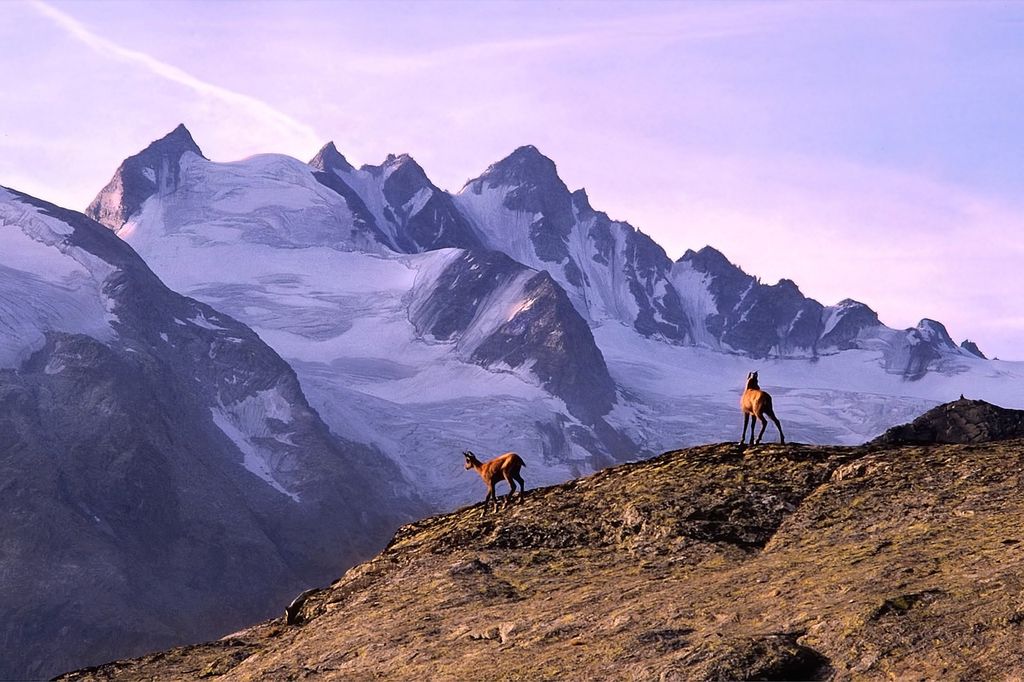Sustainable Trekking: Eco-Friendly Practices for the Modern Adventurer

Hiking and exploring in a way that minimizes environmental impact, preserves natural resources, and respects local cultures is known as sustainable trekking.This strategy guarantees that communities and natural landscapes continue to flourish and remain pristine, enabling future generations to enjoy these places.
Essential Elements of Eco-Friendly Hiking:
- Trekkers should take all garbage, both biological and inorganic, back home and leave as little trace of their stay as possible.
- Stick to designated trails: straying from them can cause habitat loss and soil erosion. Environmental protection is aided by staying on designated routes.
- Use eco-friendly equipment to lessen your influence on the environment. Eco-friendly equipment is constructed of recycled or sustainable materials. Furthermore, the use of biodegradable products guarantees the preservation of pristine natural areas.
- Respect Wildlife: Observing animals from a distance without disturbing their normal activities is vital. Wildlife should not be fed because this can change their normal foraging habits and have a detrimental impact on their health.
- Support Local Communities: Getting involved with local communities through the use of local guides, lodging in locally owned establishments, and buying regional goods stimulates the local economy and promotes cross-cultural interaction.
Incorporating these practices allows hikers to have enriching experiences while protecting cultural and natural treasures for future explorers.
Trekking offers unmatched chances to establish personal goals and establish a connection with the natural world. But in order to protect these natural treasures for coming generations, it is imperative that contemporary explorers leave as little of an environmental impact as possible. Adopting eco-friendly hiking techniques improves the experience overall while also protecting the environment. The following are crucial environmentally friendly rules to think about for your upcoming hike:
Careful Planning
Learn about the trail's peculiarities, such as local laws, weather patterns, and terrain difficulties, before you head out. With this information, you can lessen the possibility of harming the environment by anticipating possible problems and making appropriate plans. For instance, choosing the right equipment can help stop trail degradation if one is aware of the circumstances of the trail.
Stick to the Leave No Trace Guidelines.
A key component of sustainable trekking is following the Leave No Trace (LNT) guidelines:
- Appropriate Rubbish Disposal: Bring all rubbish back with you, even organic things like fruit peels, which in some ecosystems can take a long time to break down. To guarantee that no trash is left behind, bring a little garbage bag.
- Remain on Designated Trails: Departing from designated routes can cause soil erosion and disrupt native plants. Staying on designated paths contributes to the preservation of the local ecology.
- Respect Wildlife: Keep a safe distance from animals and don't interfere with their natural habits. Steer clear of feeding wildlife since it can change their normal foraging habits and have a detrimental effect on their health.
Select Eco-Friendly Gear
Select clothing and equipment manufactured from recycled or sustainable materials. Purchasing long-lasting products minimizes waste because they need to be replaced less frequently. Additionally, water sources are kept clean by employing biodegradable toiletries and soaps.
Reduce the Impact of Campfires
The effects of campfires on the ecosystem can be long-lasting. Instead, cook on a portable burner and use lanterns or headlamps for lighting. Use established fire rings, keep fires small, and make sure they are totally extinguished before departing if they are allowed and required.
Participate in Conservation Efforts
Participate in conservation initiatives to make your trekking experience even better:
- Trail Clean-Up: To leave the trail cleaner than when you found it, bring a small bag to gather any rubbish you come across.
- Tree Planting: To help with reforestation and carbon offsetting, some trekking organizations organize tree-planting campaigns beside paths.
Encourage Local Communities
By using local guides, booking lodging from locally owned establishments, and buying native goods, you may interact with the communities you are visiting. This strategy encourages communities to invest in conservation and promotes cultural interaction in addition to strengthening the local economy.
Keep group sizes small.
Smaller groups of hikers have less of an adverse effect on the environment and cause less disruption to wildlife. Additionally, it provides a more personal and immersive experience that enhances one's enjoyment of the natural environment.
Make Use of Eco-Friendly Transportation
Selecting environmentally sustainable ways to get to and from trekking destinations will help you lessen your carbon footprint. Minimizing the environmental impact can be achieved by carpooling, taking public transit, or riding a bicycle to the trailhead.
Inform and Encourage
Talk to other adventurers about sustainable trekking techniques. Positive effects are amplified through advocacy and education, which cultivates a community committed to environmental preservation.
Consider and Show Respect
During your hike, stop and consider the beauty of nature all around you. This awareness strengthens the value of sustainable behaviors and cultivates a greater regard for the environment.
You can help preserve natural environments and encourage a sustainable culture among trekkers by including these eco-friendly activities into your trekking excursions. Keep in mind that the objective is to appreciate nature's marvels while making sure they are preserved for next generations.
Conclusion
Embracing sustainable trekking techniques is crucial for conserving the natural beauty of our planet and ensuring that future generations can enjoy these settings. We can all help create a more sustainable and enjoyable trekking experience by being well-prepared, following the Leave No Trace philosophy, selecting eco-friendly equipment, reducing the effects of campfires, participating in conservation efforts, helping out local communities, keeping group sizes to a minimum, utilizing sustainable modes of transportation, teaching others, and considering our environmental burdens. Every action you do with consideration not only brings you personal joy but also protects the ecosystems and paths we value.

Admin
Recent Articles

Everest Base Camp
Apr 16, 2025

Ultimate Guide to Trekking in Nepal
Apr 10, 2025

Exploring Lumbini: The Birthplace of Buddha
Mar 26, 2025

Solo Trekking: Tips for a Safe and Enjoyable Journey
Mar 14, 2025
